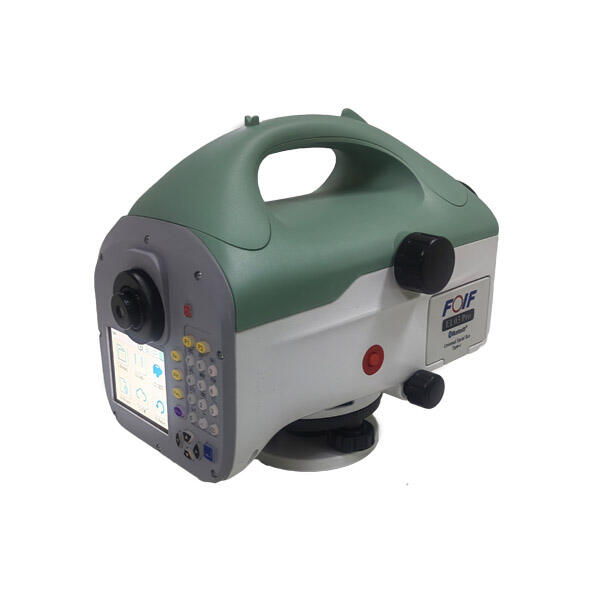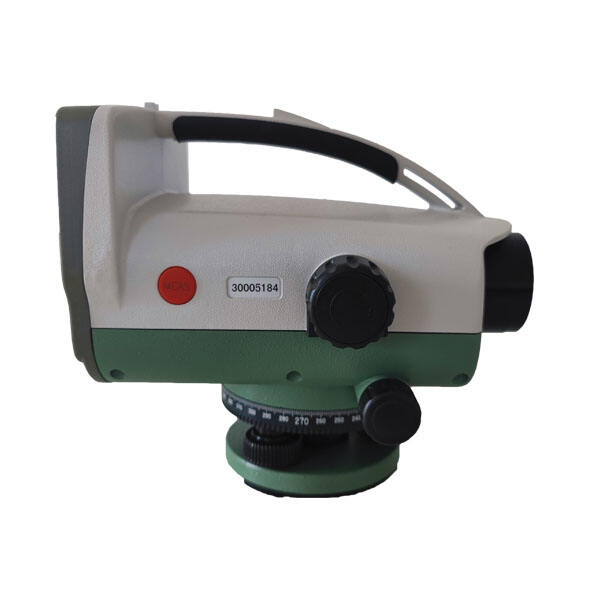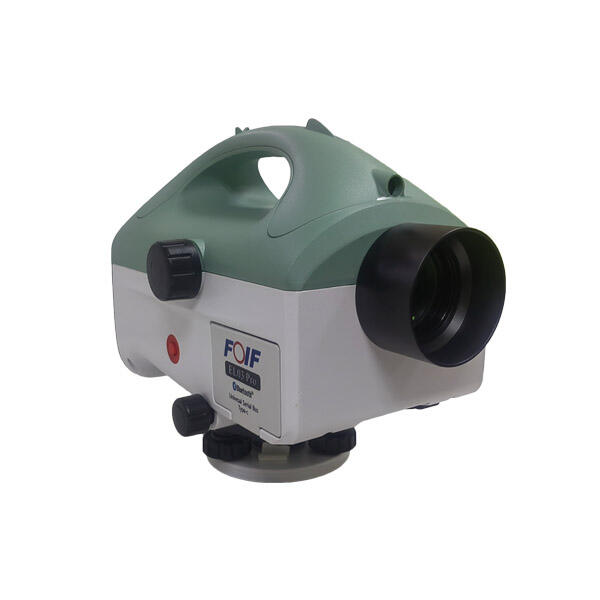digital level price
Digital level prices represent a significant advancement in measurement technology, combining precision engineering with modern digital capabilities. These instruments typically range from $30 to $200, depending on their features and accuracy levels. They incorporate advanced electronic components, including high-precision sensors and digital displays that provide instant, accurate readings in multiple measurement units. Most digital levels feature LCD screens displaying angle measurements in degrees, percentages, and pitch, with accuracy typically within 0.1 degrees. The price variation reflects differences in build quality, measurement range, and additional features such as Bluetooth connectivity, data logging capabilities, and water resistance ratings. Entry-level models around $30-50 offer basic angle measurement functionality, while mid-range options ($50-100) include features like backlit displays and multiple measurement modes. Premium models ($100-200) often incorporate advanced features such as rechargeable batteries, smartphone connectivity, and professional-grade durability ratings. The investment in a digital level corresponds directly to its application requirements, from basic DIY projects to professional construction work.


